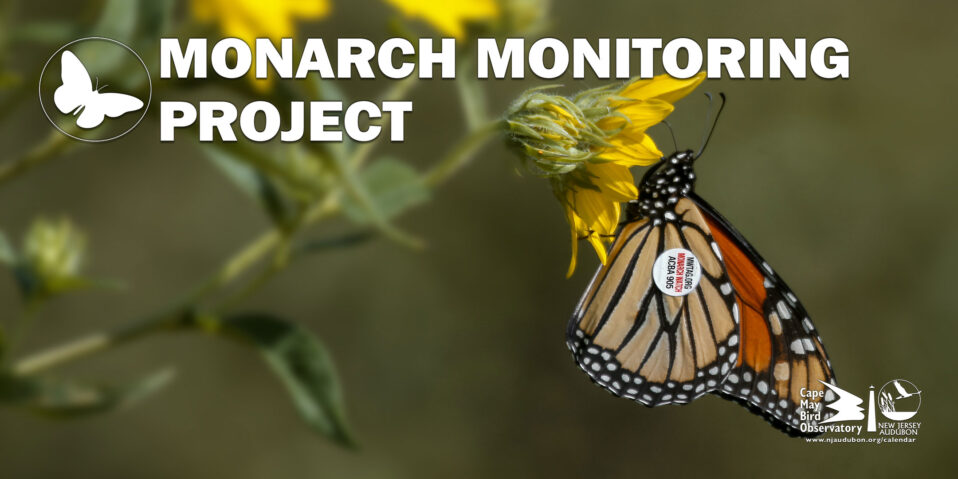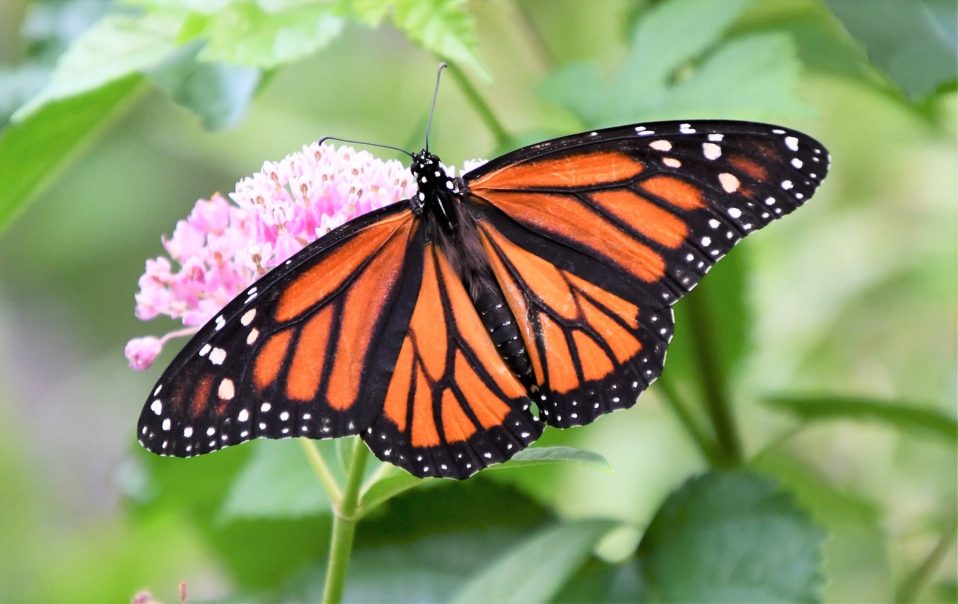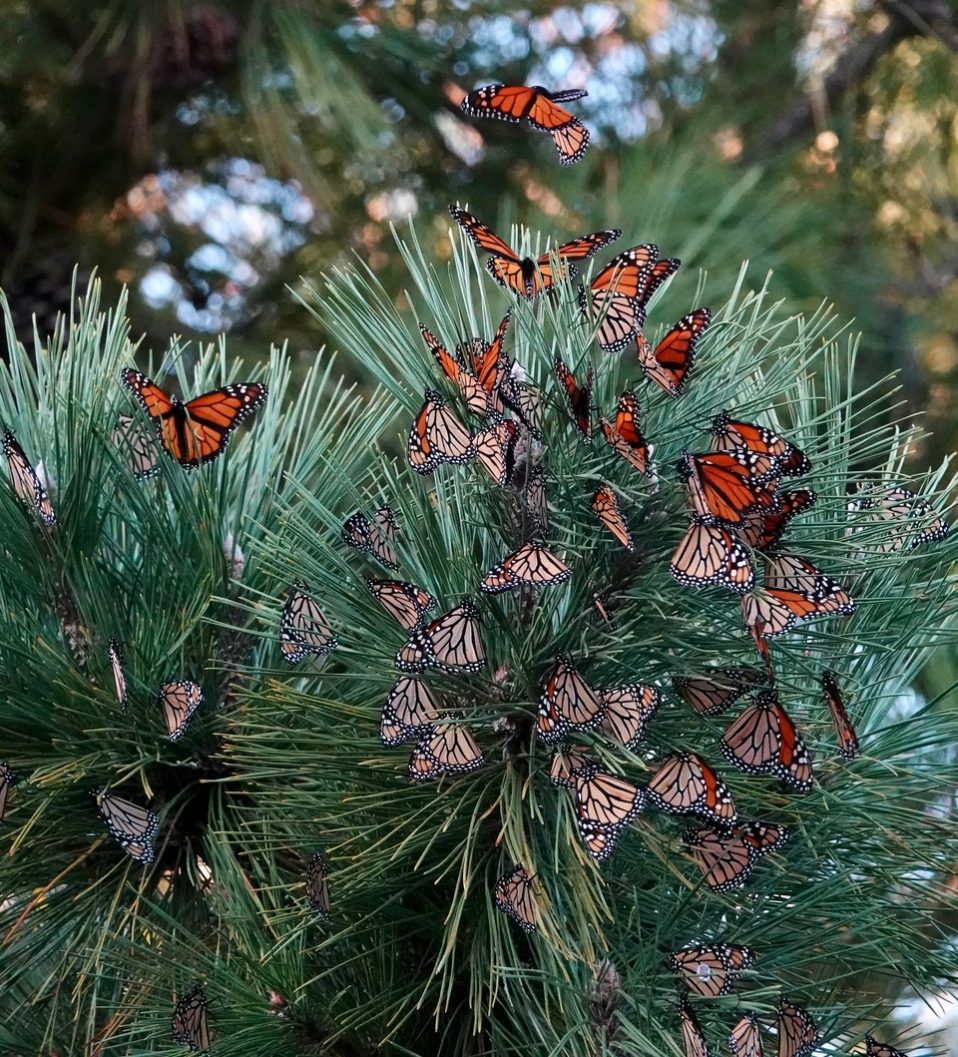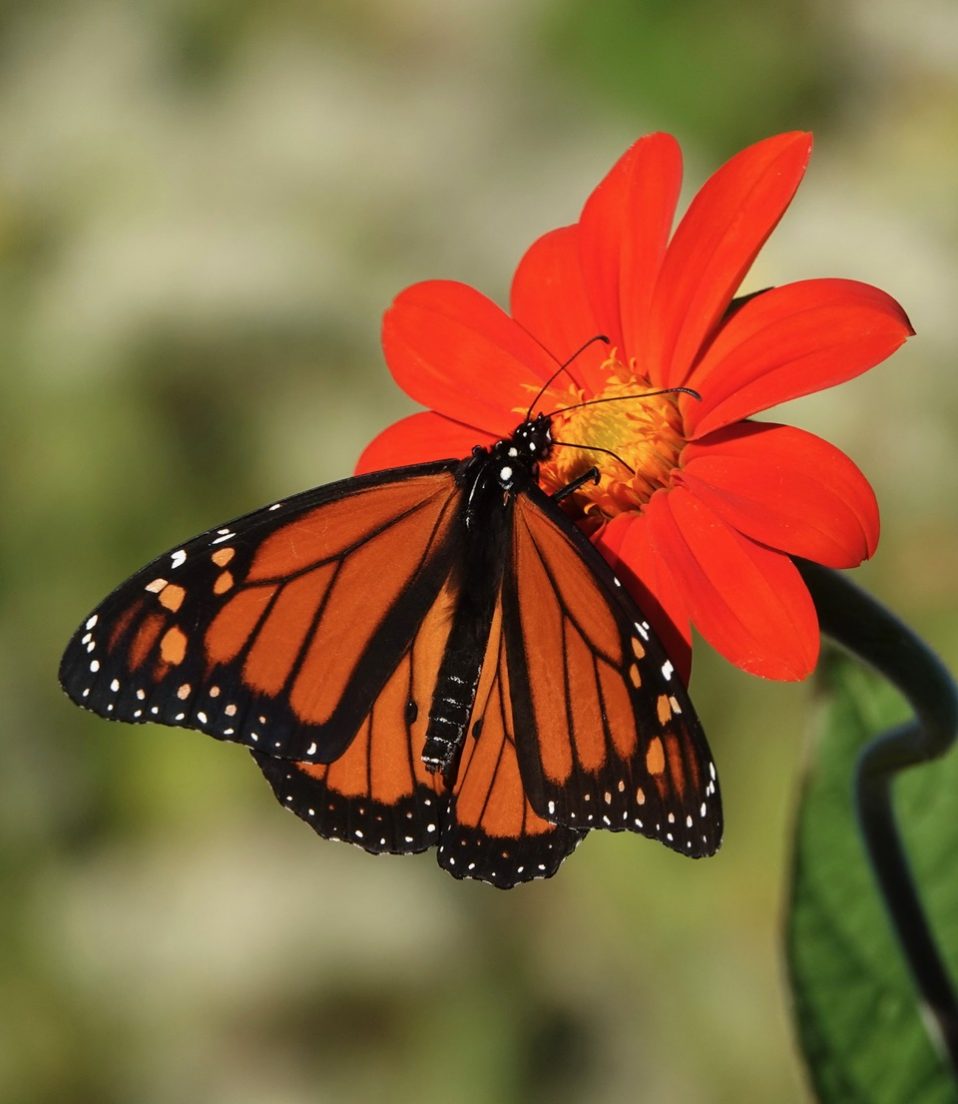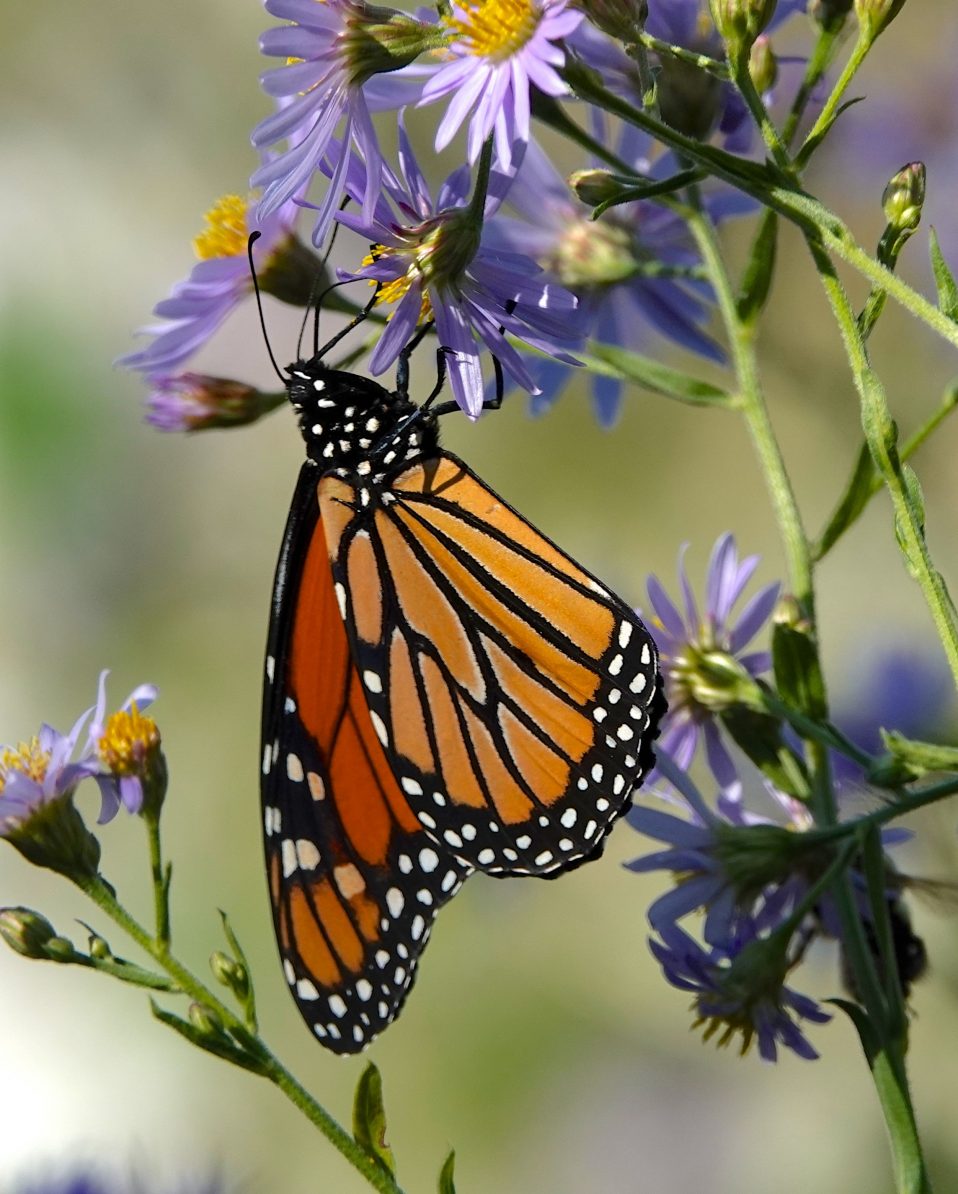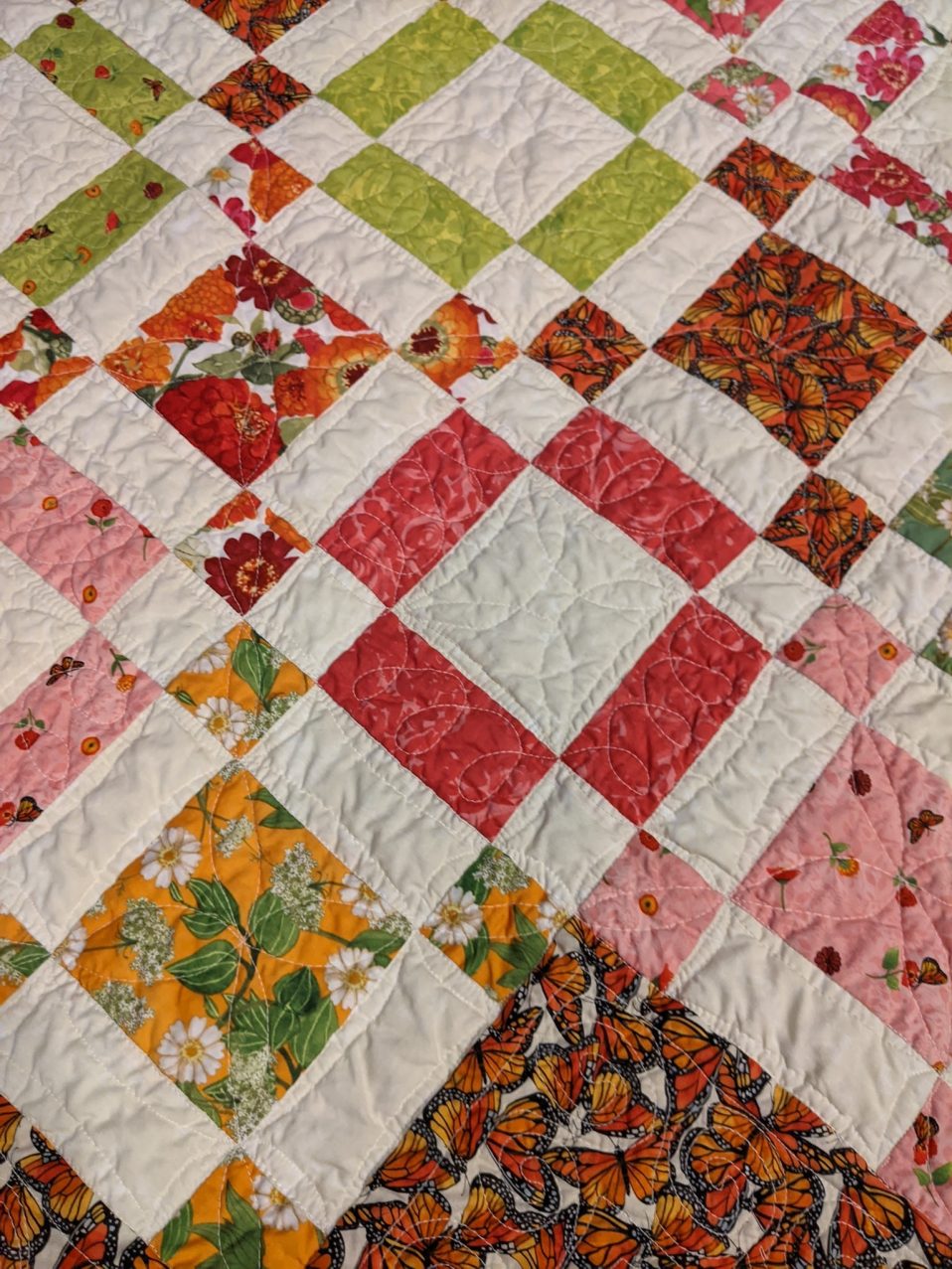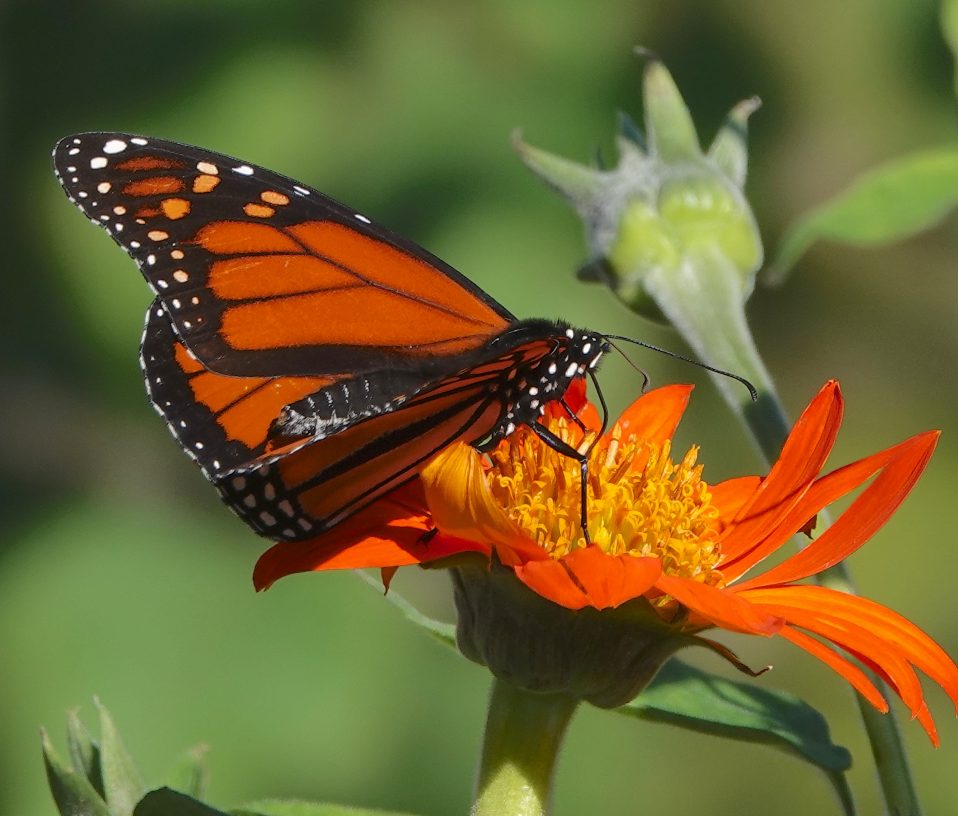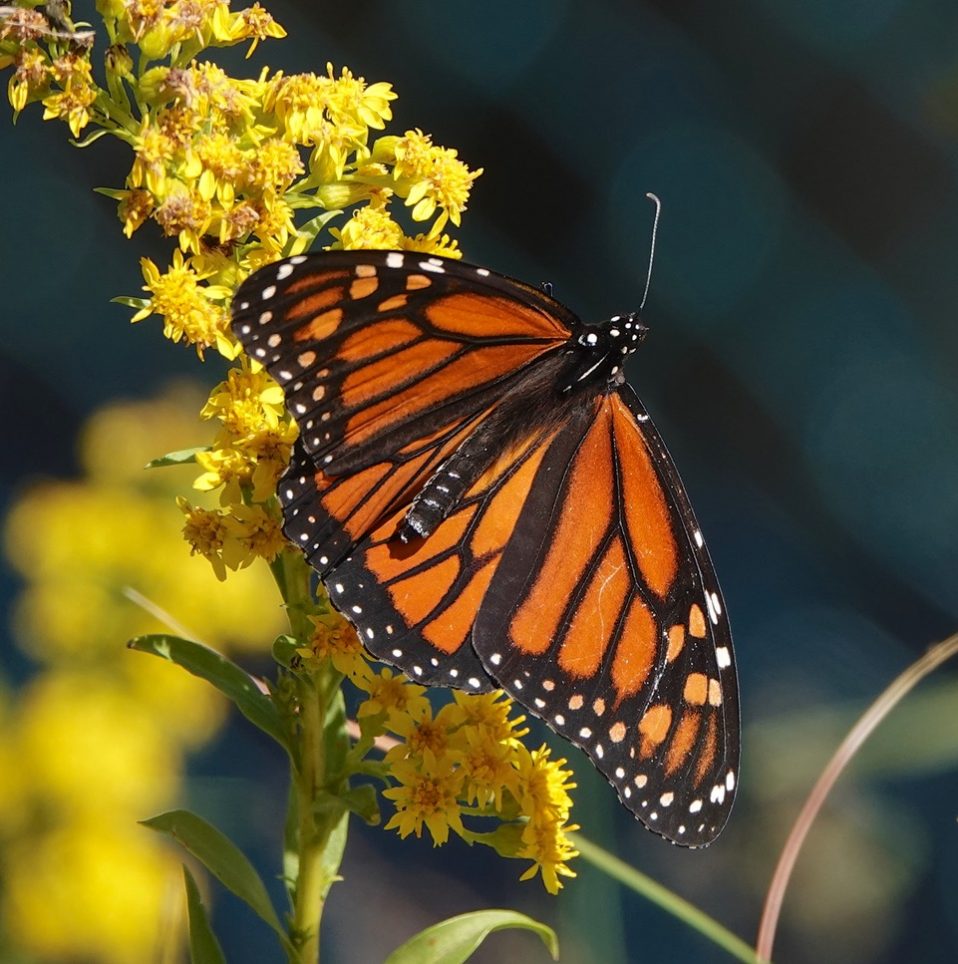Ophryocystis elektroscirrha (O.e.) Infection in Monarchs Migrating through Cape May Point, NJ By Gayle Steffy, 2024 MMP Field Naturalist Ophryocystis elektroscirrha. (O.e.) is a parasitic single celled organism known as a protozoan that infects monarch butterflies. It is transferred from an infected adult monarch to a caterpillar by spores that…...
Cape May Monarch Monitoring Project Annual Report 2024
By Anna Haggenjos and Gayle Steffy Project Overview The Monarch Monitoring Project (MMP) was founded in 1990 by naturalist Dick Walton and Dr. Lincoln Brower. This project, under New Jersey Audubon’s Cape May Bird Observatory, seeks to better understand the fall migration of monarch butterflies through Cape May Point and…...
Cape May Monarch Monitoring Project End of Season Blog Post 2023
By Anna Haggenjos and Maya Clark Research The Project: The Monarch Monitoring Project, under New Jersey Audubon’s Cape May Bird Observatory, seeks to increase our understanding of butterflies and their migration, promote the conservation of monarch butterflies, and educate the public. The project was founded by wildlife enthusiast, Dick Walton,…...
Monarch Quilt Silent Auction
SILENT AUCTION! This handmade quilt with a monarch butterfly motif has been donated to the Cape May Bird Observatory’s Monarch Monitoring Project to help raise funds for the project. The artist is Dale Watson, an accomplished quilt maker and volunteer with the Project. The quilt, which measures 64 x 76…...
MONARCH MONITORING PROJECT – Results of the 2020 Census
Perhaps the most important parts of the Cape May Monarch Monitoring Project is the census that we conduct. Our census is modification of a technique known as a “Pollard Transect,” whereby a specified route is traveled on a regular basis and butterflies counted by the observer while traveling. Our census…...




